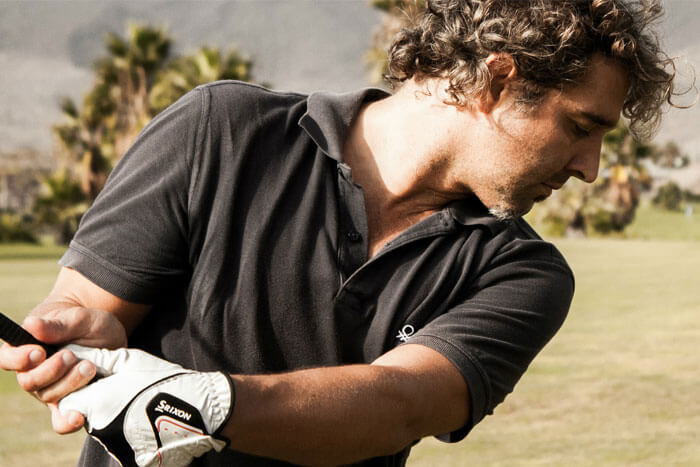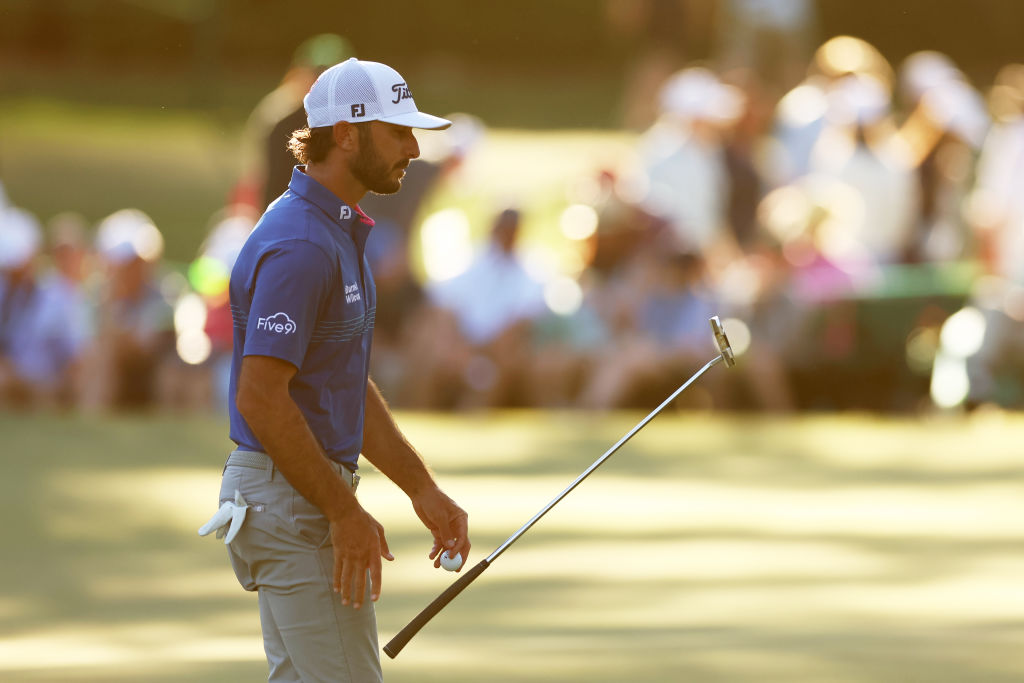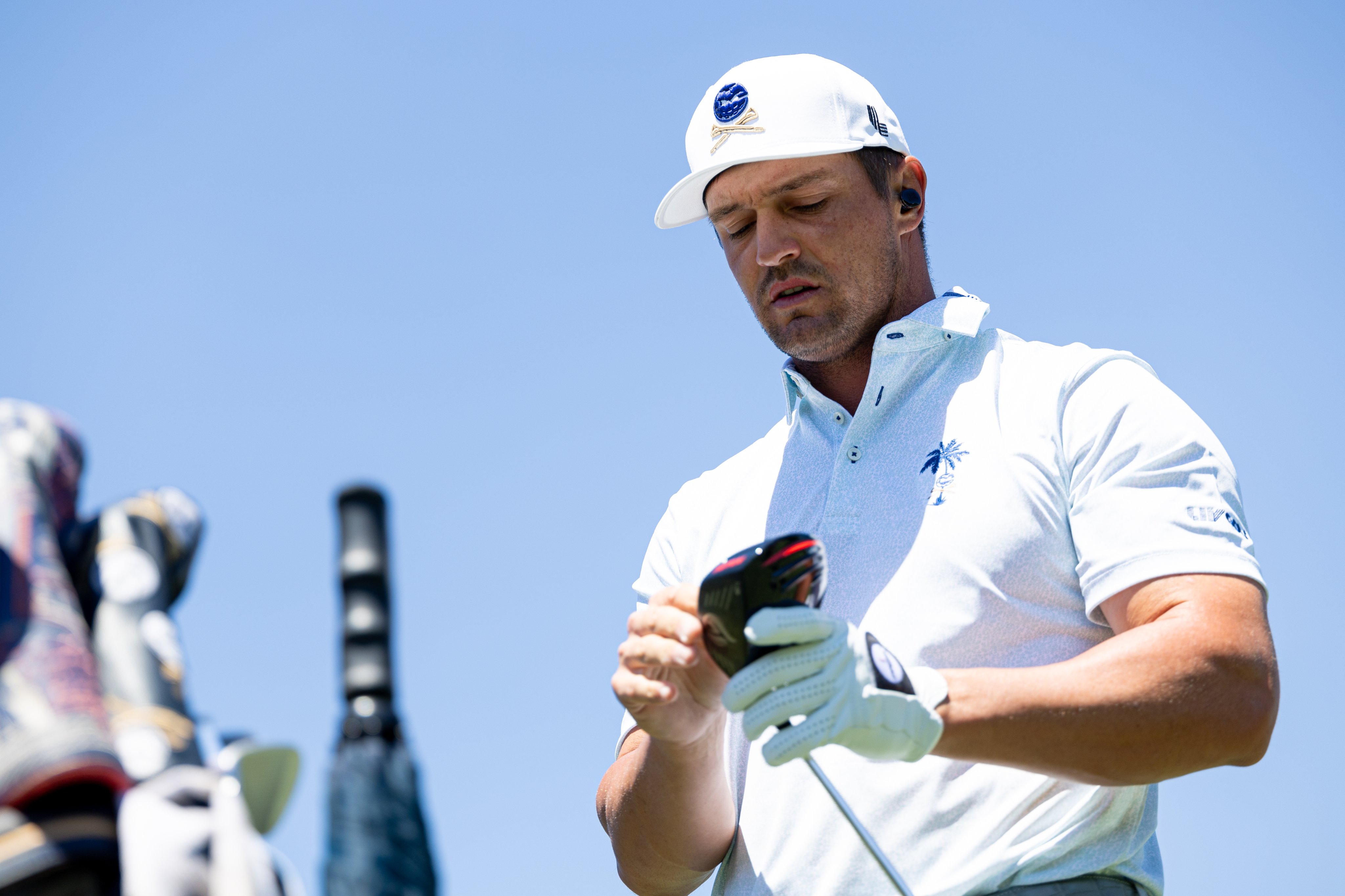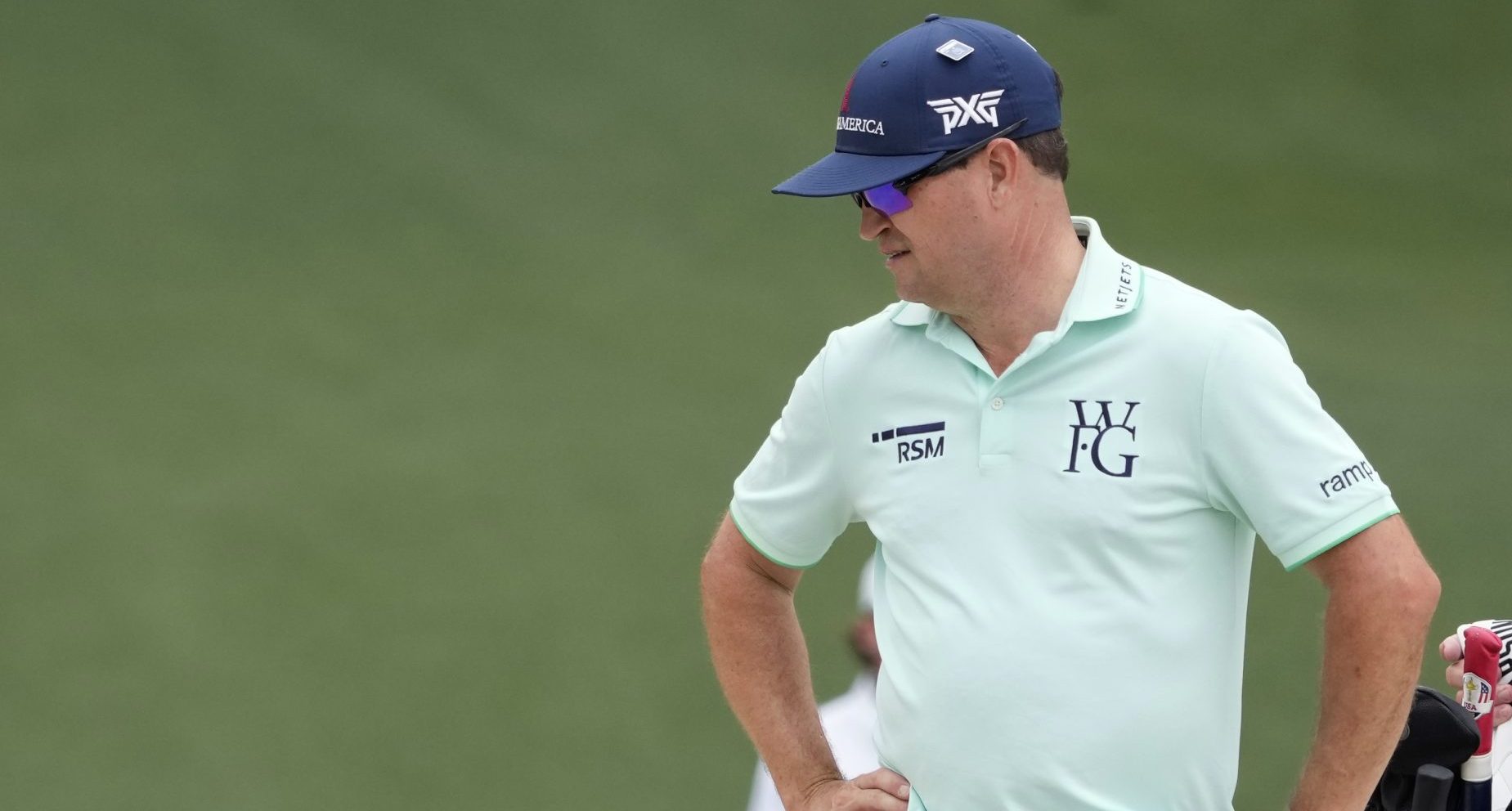Distance
Take 5 Shots Off Your Handicap Today!

If the state of denial was an actually one of the 50 in our United States of America it would likely be populated almost exclusively by every red-blooded American male golfer in the Union. I’m not saying golfers are the only self-deluded bunch of athletes out there (there might be a few fisherman residing there too), but in no other sport are the athletes’ tales of their exploits likely so absurdly tall.
Here’s why this is a problem:
Ask any golf professional or club-fitter in this country and they’ll tell you that the average golfer has absolutely no idea how far they consistently hit the ball. Ask the average American male golfer, however, and you’re sure to get one consistent answer. One that is about 20 to 30 yards on the average farther than they actually do. In light of this, it shouldn’t come as too big of a surprise to learn that most golfers are so collectively self-delusional about their distances that it’s actually possible for the average one to pick up at least five shots per round if they just understood and were willing to accept the truth about the distances (or lack thereof) that they actually hit the ball. Here are the reasons for those misconceptions.
The “Testosterone Trap”
Unless they’re old enough to remember the Eisenhour Administration, when you ask the average American male how far they hit a drive you almost invariably see at least a slight puffing of the chest followed by a number somewhere north of 220. A 7-Iron? “Oh, about 150.” Really??! These responses are so nearly universal it’s as if they were drilled into us during some form of golfing Sunday School when we were young and we just keep repeating them for fear of being eternally exiled to some sort of short-knocker’s purgatory. I’ll give you the real data in a moment, but just remember this: Jordan Spieth isn’t the longest hitter on tour by a wide-margin and it hasn’t stopped him from becoming the world’s #1 player. If you want to improve, the time has come for you to come to terms with your testosterone-fueled ego and get over the fact that no one (other than yourself) confuses you with an escapee from the Re/Max World Long Drive Tour.
The “Roll vs. Carry Misconception”
When you ask golfers how far they hit a given club, they incorrectly include the roll in that equation. That’s fine if you are talking about tee shots, but it’s a death-trap when you talk about approaching the green. Tour players don’t think in terms of roll with their approach shots, they only care about how far they carry it. Depending upon the club you’re approaching with, you likely get anywhere from 5 to 15 yards of roll in addition to your carry distance and if you’re factoring that in when you approach the green then you will be consistently landing short of your intended target. Golf course architects know this when they design courses, and subsequently, where do you think they place the majority of the hazards? That’s right, short of the green.
The “PolyAnna Principle”
There is a final factor that plays into the average golfer’s poor perception of their true distances. I like to call it the “PollyAnna Principle” after the famously optimistic character from children’s literature. Ego and roll-out are certainly parts of the problem when golfers incorrectly answer how far they believe they hit the ball, but if those two seem like common sense to you then here’s the missing link. When most golfers are asked how far they hit a given club their answer nearly always reflects how far they hit that club on a good shot, likely their best shot. Depending upon your handicap, though, chances are that the percentage of time you actually hit that “best shot” are pretty close to the same percentage of chances a snow-ball has of surviving you know where.
Psychologically, we seem to collectively feel it nothing short of a defeatist attitude to intentionally play for something less than our best, and even the best players get caught in this trap. We just can’t stand the idea of hitting a shot the way we should for once and then being potentially penalized for actually doing so. We would rather take our medicine, again and again and again, by suffering the almost certain penalty of landing short, again, in a bunker or some other hazard, since we obviously deserve it for hitting such a poor shot in the first place. Tour players know not only how far they carry each club, but how far they carry it on the average, not that 1 in 10 outlier, and if you want to save strokes you should too.
Eric Jones, a fellow PGA Professional and friend of mine, has done a lot of work with average golfers using radar to help them chart how far they actually carry the ball and then done tests by having them play rounds using their actual yardages as shown via radar to determine club selection. The stunning results (to everyone but us golf professionals) of that testing is that the Average Golfer can improve by more than five strokes per round just by knowing how far they actually hit the ball and using that knowledge. And the real kicker here is that these tests were done with both men and women and women suffer far less from the ego part of the equation, so if you’re the average red-blooded American male your results will likely be even better.
Here are some numbers to ponder:
Thanks to radar devices we now know that when tested, more than 80% of male golfers swing slower than 100 miles per hour with the driver and about 60% are less than 95 miles per hour. With optimal launch and spin rates a drive hit 95 mph will carry almost 200 yards, quite a bit short of the minimum that most men are willing to admit to hitting the Big Dog regardless of their age. This means that at the very least, more than half of the golfers out there are just not being honest with themselves. And I’m being generous, since we all know plenty of guys who, when asked, say something like 250, 280, or even 300. Even Jordan Spieth doesn’t hit it 300. So if you want to take 5 strokes off your handicap today, lose your out-sized ego and figure out how far you really carry your clubs, on the average. To do that, you might need to pay your local pro a few bucks to spend an hour with you on his radar device. And while that may not sound quite as sexy as buying one of the latest and greatest Drivers on the market, it won’t cost you near as much, and you won’t have to spend near as much time explaining it to your wife next month when the club bill comes due.
Cover Photo via Flickr
-
Equipment7 days ago
Bryson DeChambeau is Using Custom 3D Printed Irons at The Masters
-

 Fantasy Golf Predictions5 days ago
Fantasy Golf Predictions5 days agoFantasy Golf Picks, Odds, and Predictions – 2024 RBC Heritage
-
News1 week ago
U.S. Open Champ Takes a Dig at DeChambeau, but Is It Warranted?
-
News7 days ago
WATCH: Frustrated Ryder Cup Caption has Choice Words for Masters Patrons
-
News5 days ago
NOTEGATE: Neal Shipley Shuts Down Rumor that Tiger Handed him a Note
-

 Apparel1 week ago
Apparel1 week agoViktor Hovland Joins Team Puma
-

 Apparel1 week ago
Apparel1 week agoChervo Golf: An Italian Masterclass in Apparel and Gear
-
/cdn.vox-cdn.com/uploads/chorus_image/image/73268653/2125243325.0.jpg)
/cdn.vox-cdn.com/uploads/chorus_image/image/73268653/2125243325.0.jpg) News1 week ago
News1 week ago20 Ways to Get Invited to the Masters Tournament















